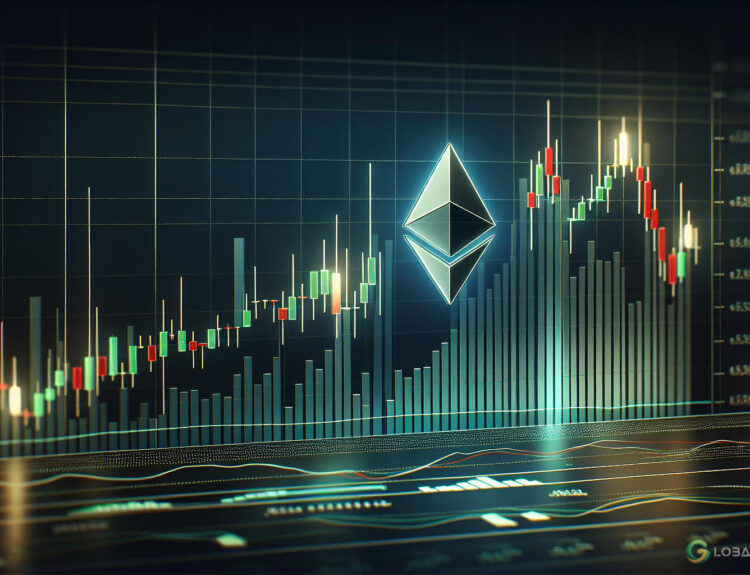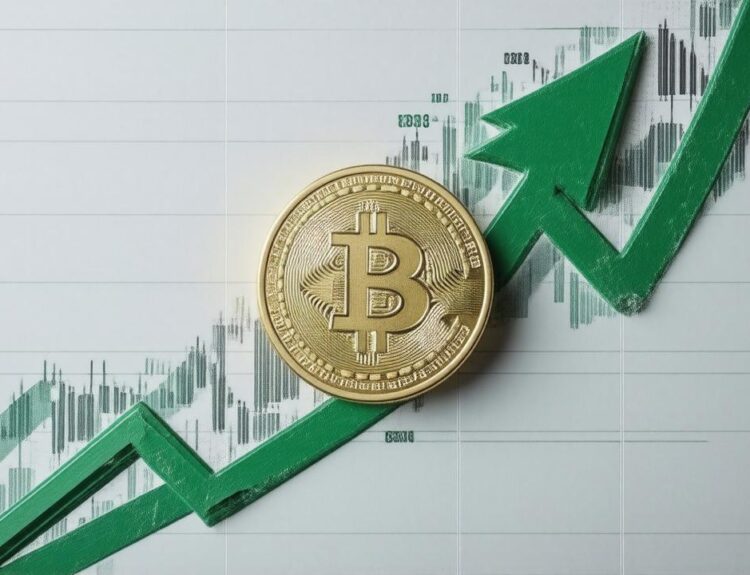“`html
The S&P 500 has rebounded to pre-“Liberation Day” levels and is on track for nine consecutive days of gains. Stock indices continue their upward momentum as traders reassess recession expectations and shift their strategies accordingly.
Stock Markets Rally with Strong Gains
On Friday, May 5, the Dow Jones Industrial Average traded at 41,354.53, up 601.57 points or 1.48% from the market open. Similarly, the Nasdaq, known for its heavy focus on technology stocks, rose by 1.56%, gaining 277.15 points to reach 17,987.89. Meanwhile, the S&P 500 climbed 1.47% to 5,686.80, continuing its winning streak. If the S&P 500 closes higher today, it will mark nine consecutive days of gains, the longest streak since November 2004.
Better-Than-Expected Job Figures Boost Confidence
The rally was largely driven by better-than-expected U.S. job figures. Non-farm payrolls increased by 177,000 in April, exceeding the Dow Jones estimate of 133,000. While this figure is lower than the March increase of 228,000, it has alleviated fears of an impending U.S. recession. These numbers have provided a sense of optimism, encouraging investors to remain active in the stock market.
S&P 500 and Dow Jones Show Consistent Growth
Both the S&P 500 and the Dow Jones have posted consistent gains every day since April 21. This growth has been supported by easing trade tensions and more dovish signals from the U.S. administration regarding tariffs. Improved market sentiment has strengthened investor confidence, leading to a sustained upward trend.
Impact on Bitcoin and Gold
The strong performance of traditional markets has also influenced the cryptocurrency and commodity markets. Bitcoin (BTC) experienced a significant surge, rising from $87,333 to $97,382 over the same period. Conversely, gold, often considered a safe-haven asset, saw a decline from $3,400 per ounce on April 21 to its current level of $3,237. This shift highlights a growing preference for riskier assets amid easing economic concerns.
Recovery to Pre-“Liberation Day” Levels
The easing of trade tensions has allowed the S&P 500 and Nasdaq to recover to levels last seen on April 2, often referred to as “Liberation Day.” On that day, the announcement of sweeping tariffs by the U.S. administration had caused significant market volatility and a sharp drop in the U.S. dollar. While the indices have regained much of the lost ground, they remain below their all-time highs from November, which were fueled by hopes of a pro-business agenda under the Trump administration.
Despite the recent recovery, the Dow Jones, which represents the 30 largest U.S. companies, has yet to fully return to its April 2 levels. This highlights the uneven nature of the recovery across different segments of the market.
Takeaways for Investors
For investors, the recent market movements underscore the importance of staying informed and adaptable. Key takeaways include:
- Monitor economic indicators like job reports, which can heavily influence market sentiment.
- Stay diversified across asset classes, as shifts in traditional markets can impact cryptocurrencies and commodities.
- Keep an eye on geopolitical developments, such as trade policies, that can drive market trends.
As the markets continue to evolve, understanding the interplay between traditional and digital assets will be crucial for making informed investment decisions in today’s dynamic financial landscape.
“`
























